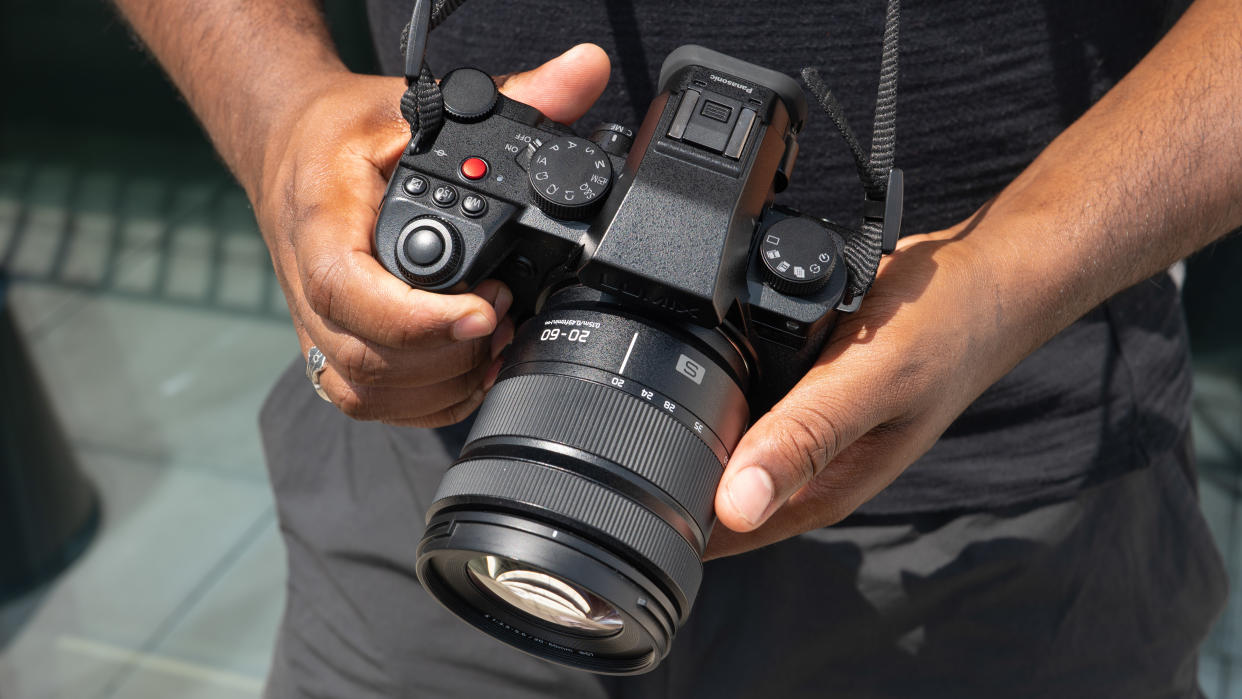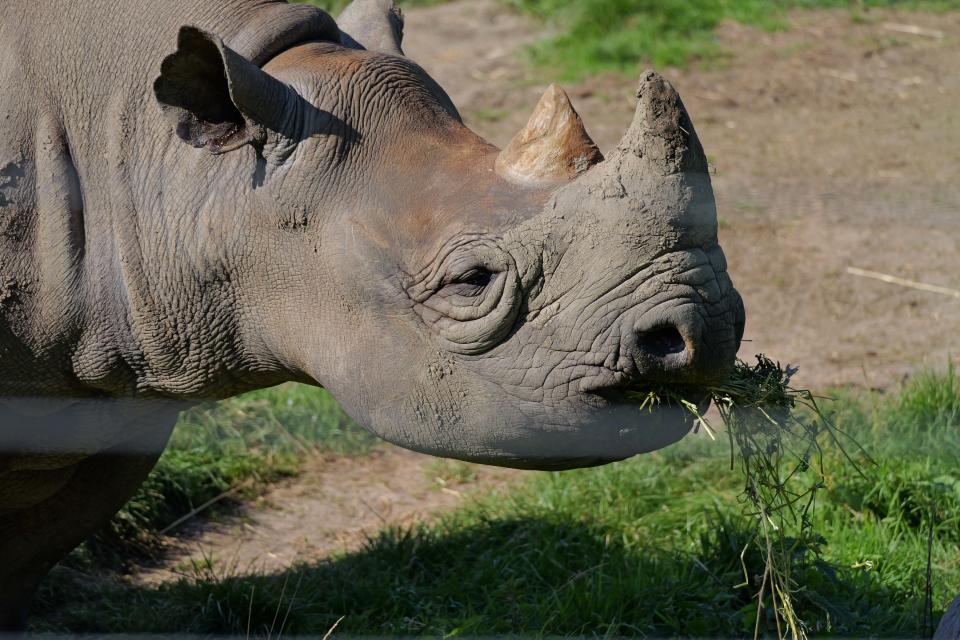Panasonic’s best cameras just got even better with a huge new firmware update

It's not long since the Panasonic Lumix S5II and S5IIX came onto the scene, launching in January and June 2023 respectively, but they have already cemented their reputation as two of the absolute best hybrid mirrorless cameras you can buy for video production. But Panasonic seems keen to not hold anything back for an eventual successor, with a huge update planned for both these cameras in the coming weeks.
Now, this isn’t some boring lens compatibility update, when I say huge firmware update, I am not being hyperbolic here, there is a lot packed into this update including Frame.io integration, proxy recording, improved electronic stabilization, improved autofocus, and pre-burst shooting. Phew, let's unpack these new features.
Proxy recording
If you haven’t heard of proxy recording before, it is a simple way to quickly capture a smaller version of video files simultaneously with the full resolution video file, these smaller files are faster to offload onto the cloud so remote editing teams can get working on edits faster. If your software allows, the full-quality file can be dropped into the timeline in its place later with all the edits already applied for export in full resolution.

There are a few limitations on the main video file when using proxy recording. The maximum quality of the non-proxy video can be in 17:9 Cinema 4K (C4K) or 16:9 4K/60p, both in 4:2:2 10-bit and 200MB/s, and can be recorded in MOV or Apple ProRes. Whilst the smaller proxy file will be recorded in a maximum of 1080p/60p, 4:2:0 10-bit at 16MB/s, and in MOV format. When recording in both the full resolution and proxy file, frame rates are limited to 60p/50p/30p/25p/24p and the frame rate will be matched in both files.
To make the offloading and organization workflow a little simpler, the S5II and S5IIX can record the main full-res video file to the SD card in slot one, and the proxy file to slot two. The S5IIX can go one better, and with its ability to record directly to SSD, it can record the full-res file to an attached SSD and the proxy to slot two.
Last but certainly not least, you can use Panasonic’s in-camera real-time LUT recording to either add the LUT to the full-res file only or encode the LUT into both the full-sized video and proxy.
Frame.io integration
Frame.io continues its camera-to-cloud push by directly integrating into another camera system. For those who haven’t come across Frame.io yet, it is a one-stop solution for cloud storage and team collaboration for photos and videos, with editing integrations baked into popular editing software like Adobe Premiere, DaVinci Resolve, and Final Cut.
The S5II and S5IIX are introducing a simple in-camera way to directly link an existing Frame.io account via WiFi or tethered connection and immediately upload proxy videos (plus RAW/JPEG photos) to cloud storage. This benefits both solo creators and collaborative teams, as videos can be quickly checked and commented on so any necessary reshoots can happen on the day, remote editors can also push out same-day edits to clients.

Autofocus improvements / Pre-burst shooting
With the Lumix G9 II, Panasonic introduced some new autofocus recognition and tracking that has so far been conspicuously absent from the S5II and S5IIX despite these being Panasonic’s current flagships. But no more – the S5II and S5IIX will soon gain Animal Eye AF, Car AF, and Motorcycle AF recognition and tracking. These bring Panasonic’s autofocus ever closer to rivals which have long been seen as further ahead when it comes to focusing.
The S5II and S5IIX will also get pre-burst shooting, a very useful feature if you shoot a lot of fast-moving subjects. When pre-burst is on, the camera will start recording frames half a second before you fully press the shutter, and hopefully catch any motion at the start of a sequence of events that our human reflexes are just a bit too slow to react to.

Improved e-stabilization
Panasonic's class-leading stabilization tech is already one of the most useful features for any budding videographer without a good gimbal. But with the new firmware update, the S5II and S5IIX are getting a new 'High' mode setting for electronic stabilization (E-Stabilization) during video recording. The firmware will also enhance e-stabilization further by adding perspective distortion correction when using a wide-angle lens.
Electronic stabilization corrects shaky camera movements using algorithms to predict and track movement and crop and rotate frames to make them appear steadier. This high mode will allow for even larger shakes to be corrected, although it is not clear yet if a significantly larger crop will be applied. Stabilization can be performed in post-production, but it is far more convenient to just do it in-camera and save precious editing time.
Price and availability
Now, if you were worried that all these superb new features were going to cost you, you can relax. Firmware V3.0 for the S5II and V2.0 for the S5IIX with all these new features will cost absolutely nothing. The firmware can be downloaded from Panasonic’s website starting on 22 April.

